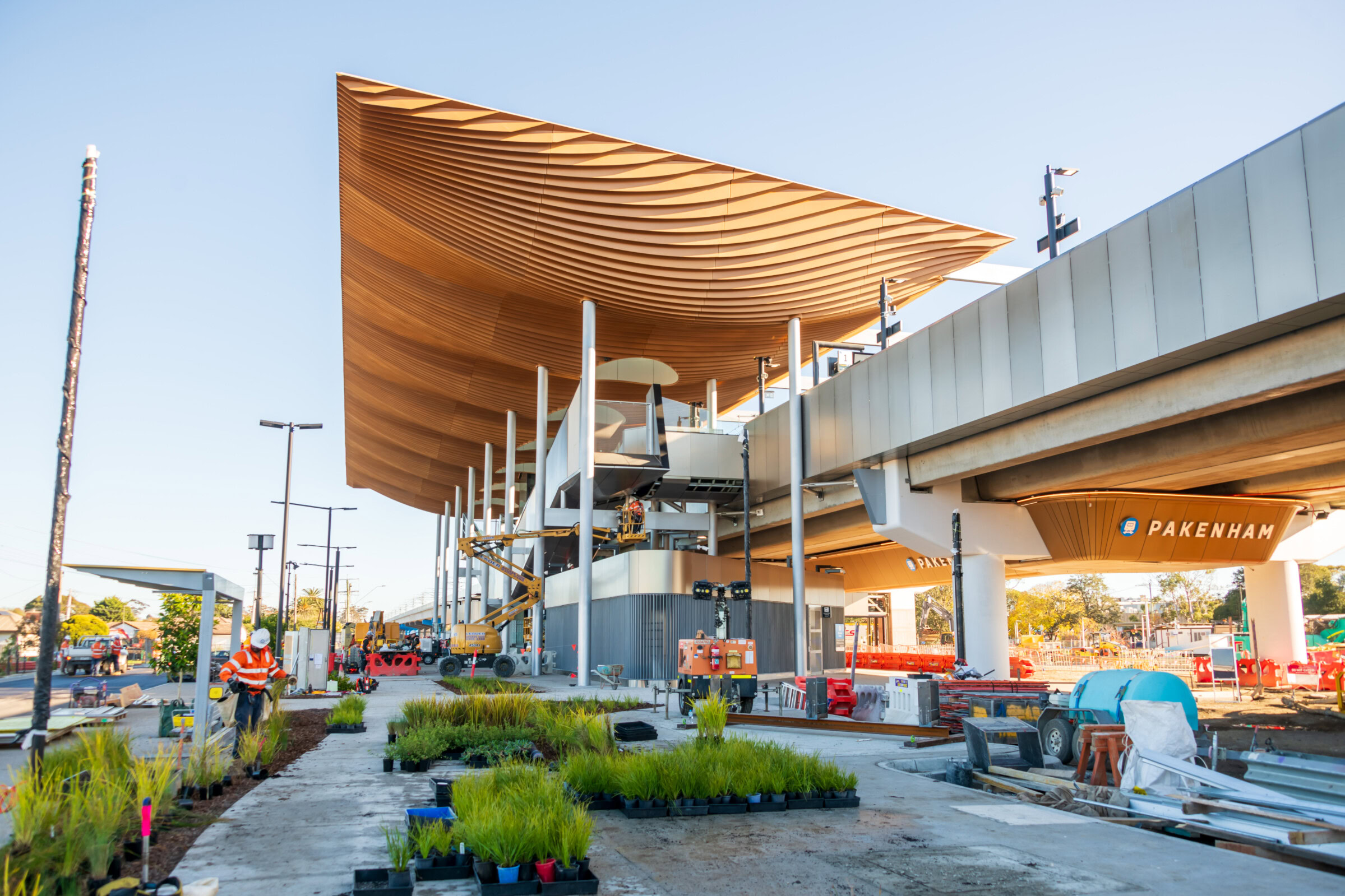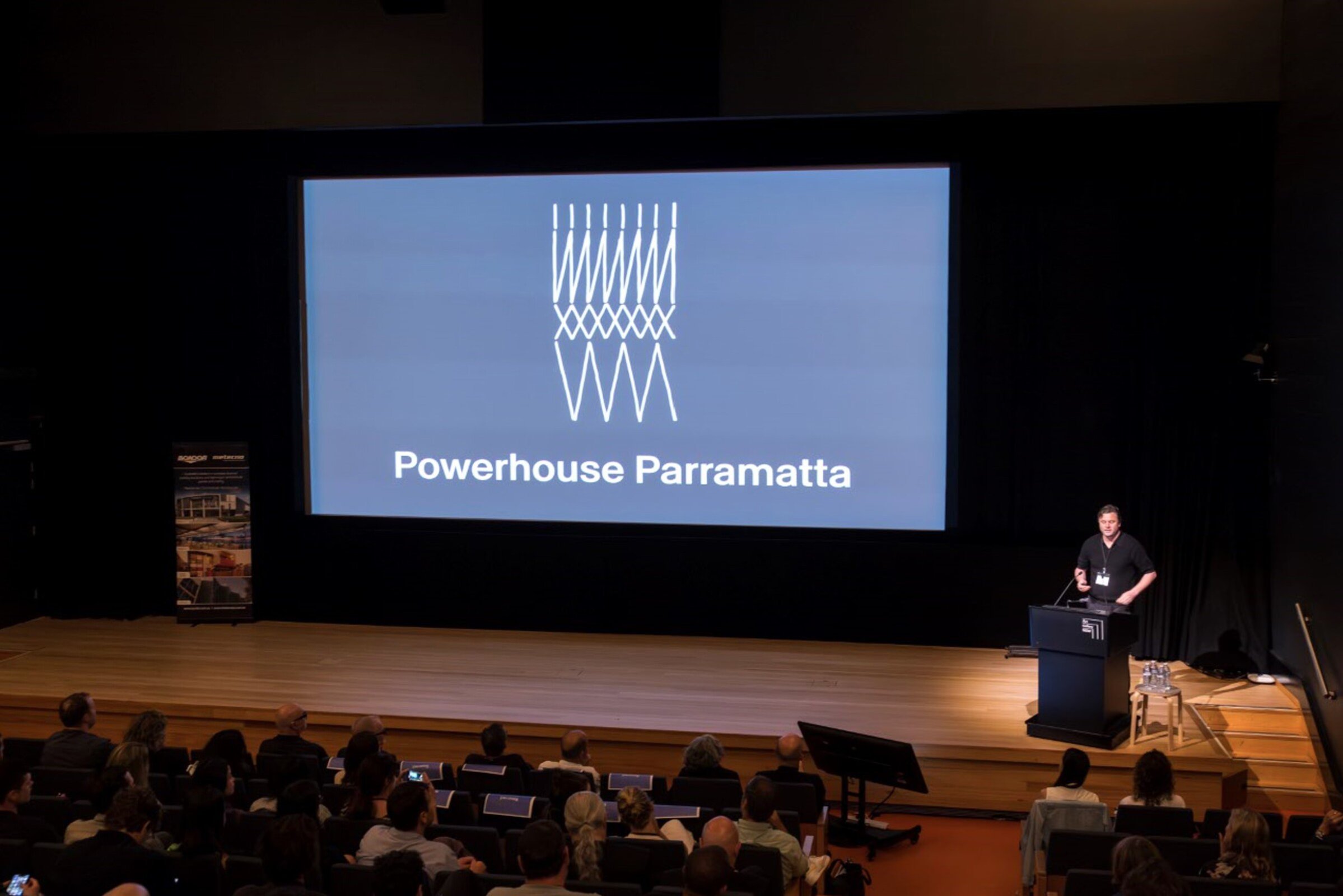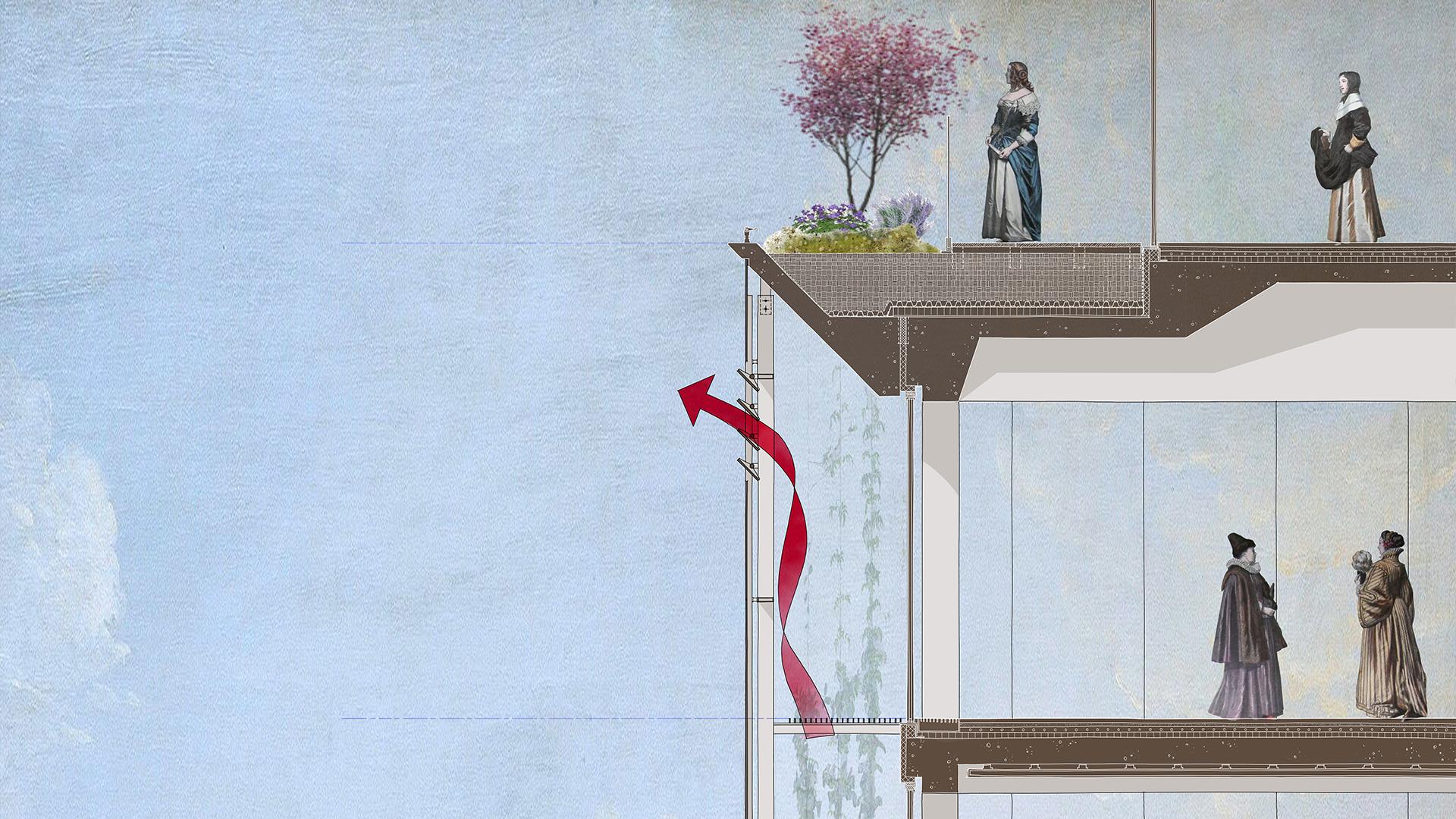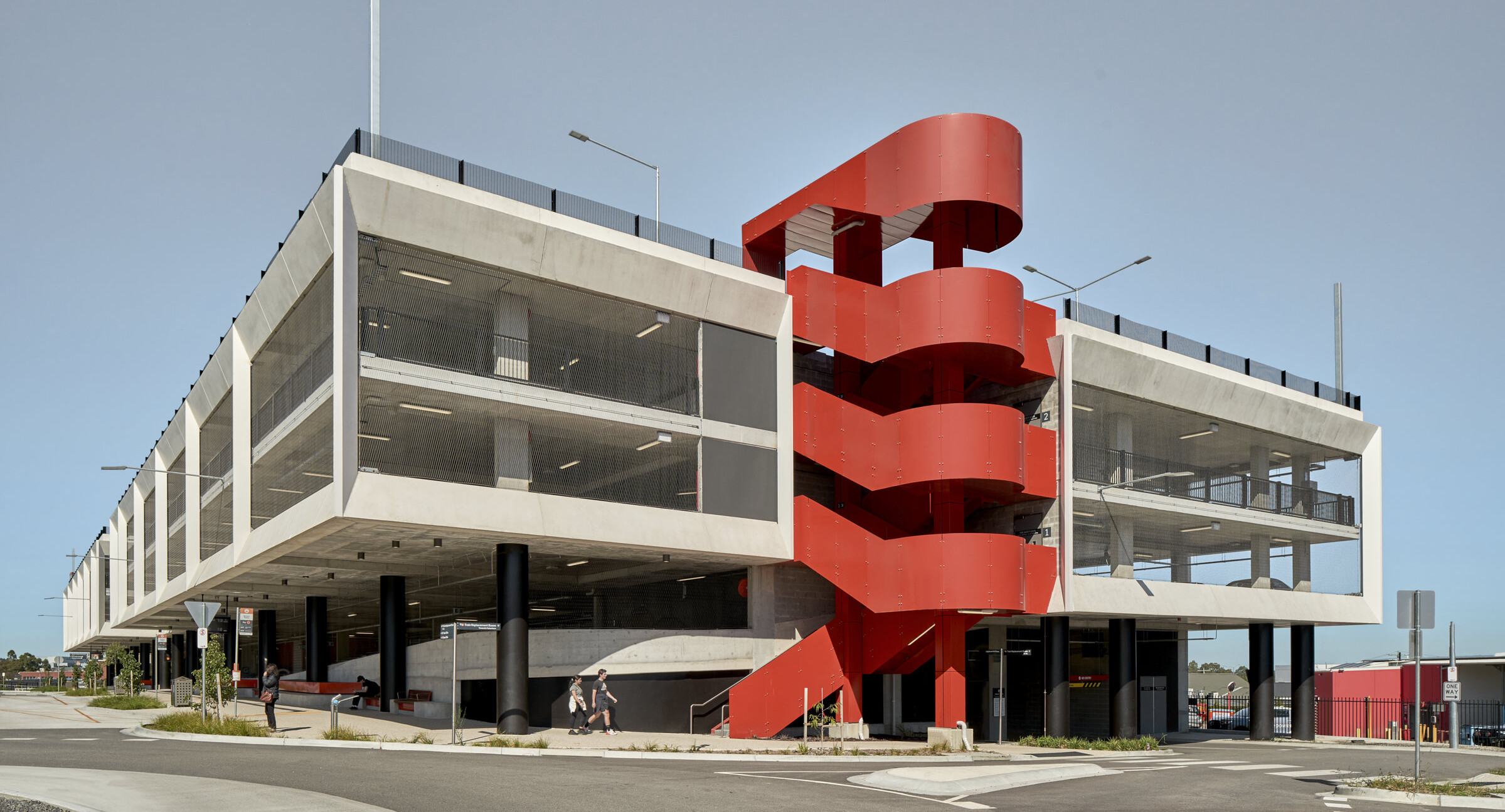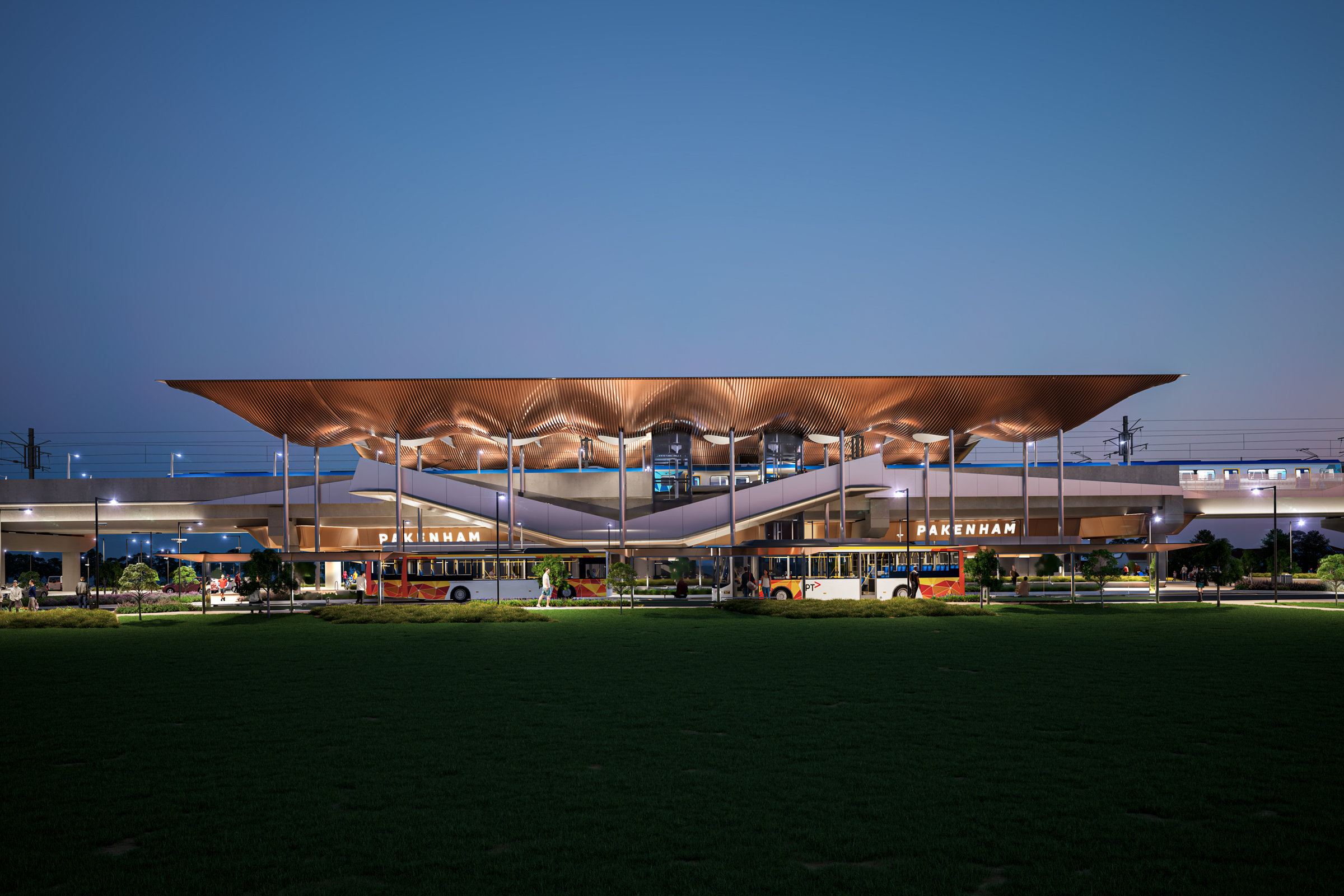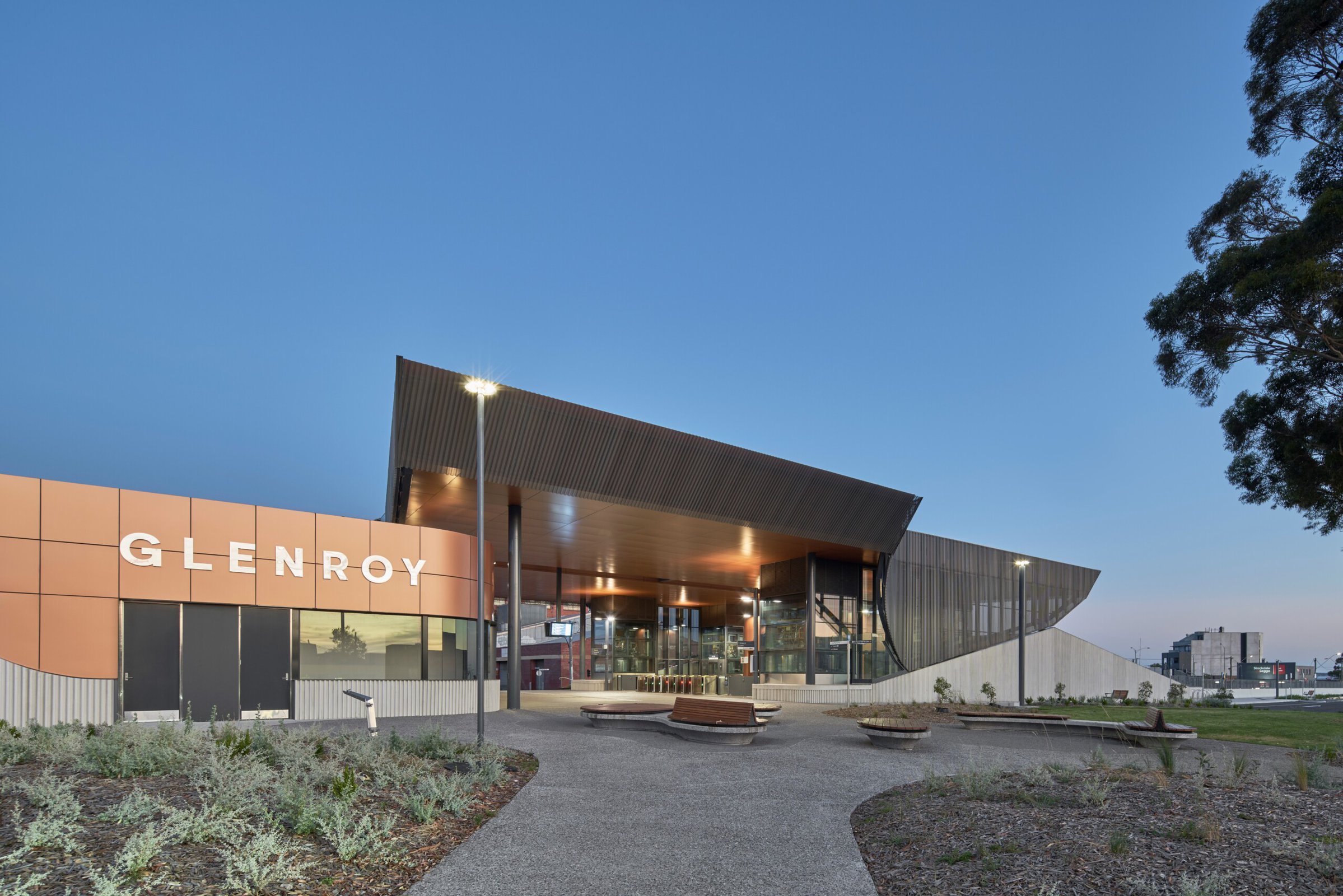Pakenham Station, which officially opened last month, is setting a new standard in rail construction with the first-ever application of advanced digital fabrication technology utilising reinforced thermoset. This groundbreaking technique, developed through a decade-long collaboration between architectural firm Genton and design, engineering, and manufacturing company ShapeShift, promises to revolutionise the industry with unprecedented sustainability and precision.
The construction industry, known for being a significant contributor to global pollution, has lagged in adopting technological advancements. Unlike the automobile industry, which has embraced robotics for decades, construction has missed out on opportunities for enhanced sustainability, safety, and efficiency. Genton and ShapeShift aim to close this gap with their innovative approach.
Pakenham Station’s high-tech roof, a wave-like canopy made from reinforced thermoset, showcases the power of digital manufacturing in the rail sector. This meticulously designed structure reflects Genton’s original vision with remarkable accuracy, thanks to computer-controlled technology that ensures efficient manufacturing, saving both time and materials.
Jamie McCutcheon, Principal at Genton, emphasised the transformative impact of digital fabrication: “Digital fabrication is fast becoming one of the most sustainable and innovative construction techniques. By adopting this approach, Genton aims to reduce the environmental impact by minimising raw material usage and eliminating the need for numerous prototypes.”
The reduction in CO2 emissions is significant, with the construction sector currently contributing to around 18% of Australia’s carbon footprint. McCutcheon added, “Using ShapeShift’s advanced technology, we’ve been able to remove a lot of secondary steel from the project, delivering a sustainable solution and significant cost savings for the client.”
Pakenham Station provided the ideal platform for both companies to leverage their expertise, addressing sustainability challenges through the application of 3D technology and digital manufacturing. The collaboration between Genton and ShapeShift has refined the digital fabrication process, enhancing the delivery of complex structures with cutting-edge technology.
“What starts as a hand sketch can be digitally reproduced with incredible accuracy, ensuring a guaranteed design,” said McCutcheon. “This is the first time the technology has been used in a live rail environment, changing the design and construction of rail infrastructure forever.”
The digital fabrication process not only reduces the use of raw materials but also allows for real-time design updates, enhancing sustainability. McCutcheon highlighted, “The 3D fabrication process allows us to harness our creativity as architects, combining our ideas with computer programs that create sophisticated dynamic models.”
The precision of digital fabrication enables unitisation, simplifying installation, increasing efficiency, and ensuring the project’s design is kept intact, within budget, and delivered on time. Toby Whitfield, CEO of ShapeShift, remarked, “The digital fabrication process has modernised the construction industry, ensuring product precision and quality. Our collaboration with Genton on Pakenham’s roof is a testament to this innovation.”
This transformation in the rail industry promises greater architectural freedom, higher sustainability outcomes, improved onsite delivery, and faster construction times. The collaboration between Genton and ShapeShift represents a significant step toward a more technologically advanced and environmentally conscious construction sector, meeting higher sustainability standards and enhancing efficiency in construction delivery.
The opening of Pakenham Station marks a new era in rail construction, setting a benchmark for future projects with its pioneering use of digital fabrication technology. This milestone not only celebrates the completion of a state-of-the-art station but also heralds a future where innovation and sustainability are at the forefront of architectural and construction practices.
